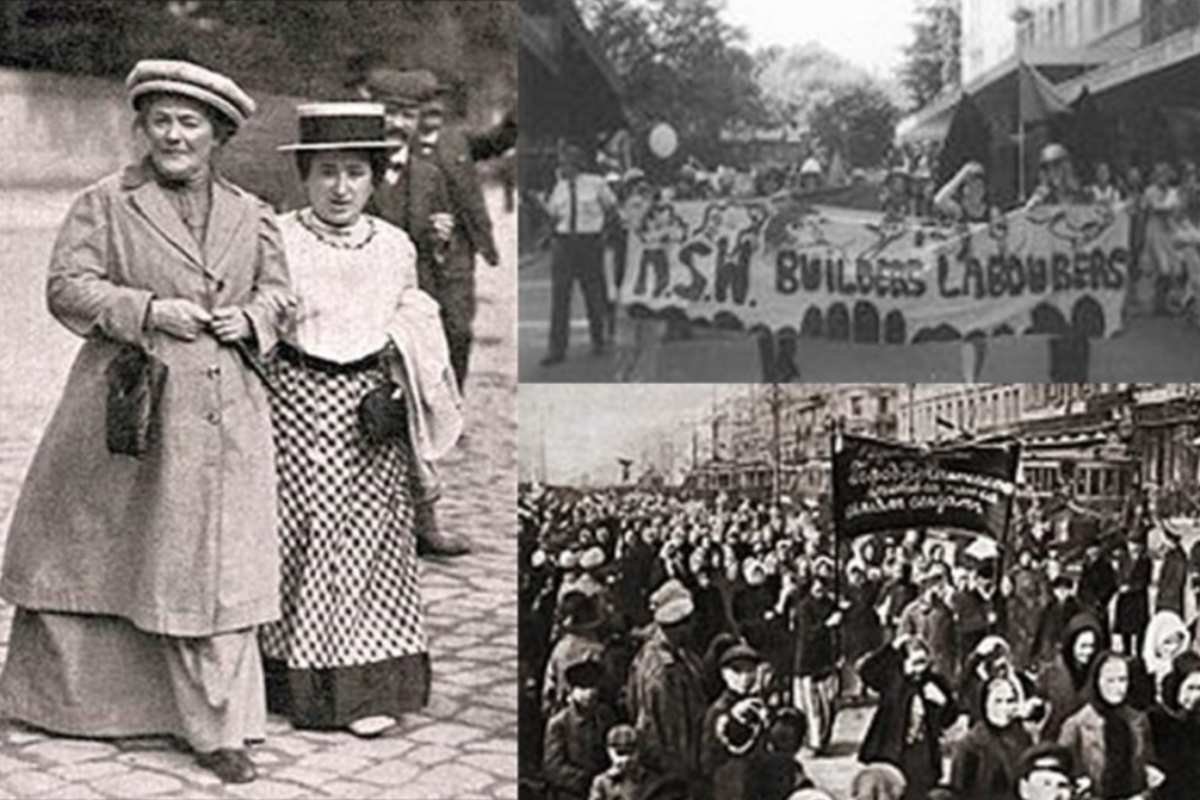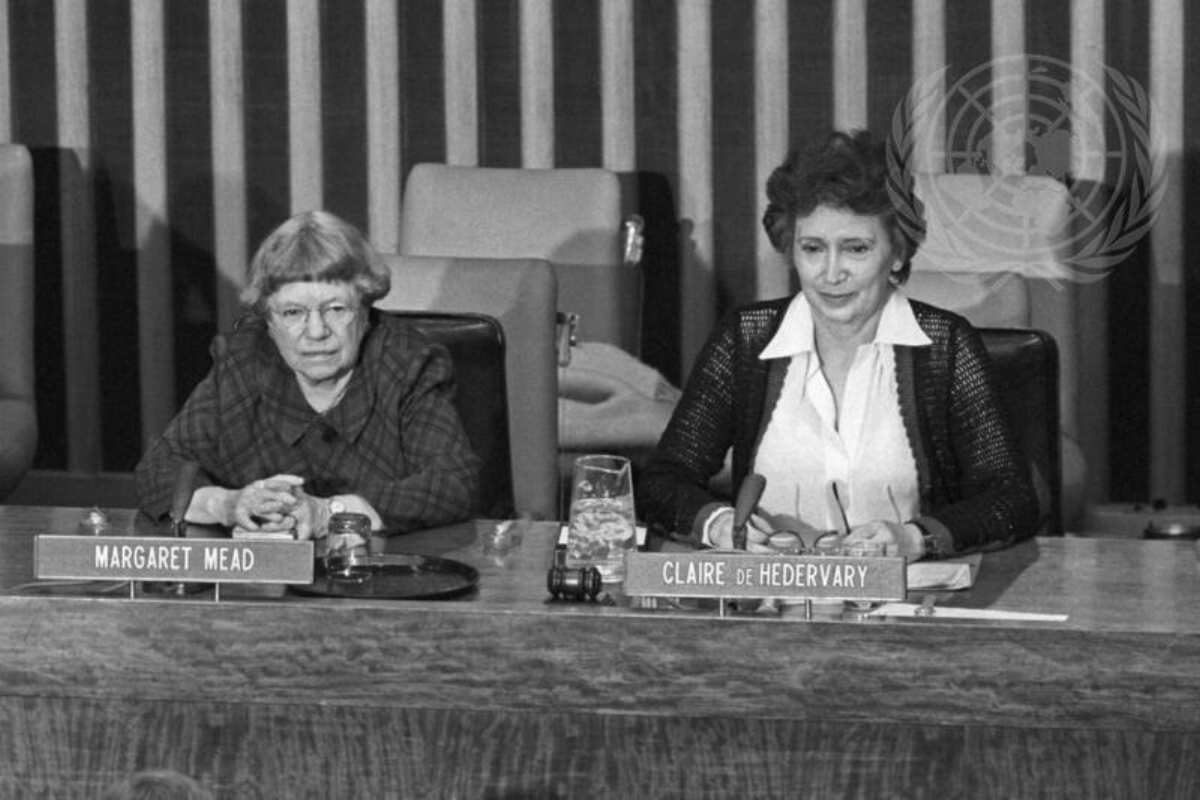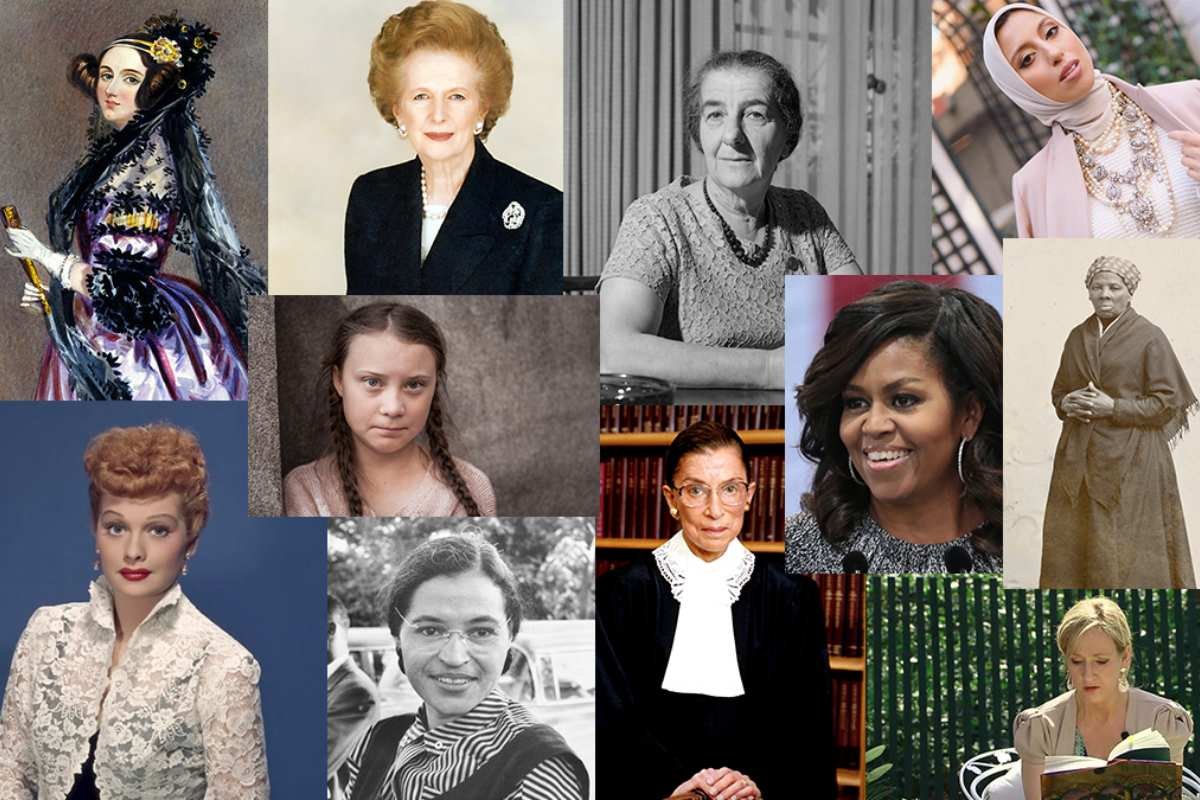International Women’s Day, people have multiple opinions and views about this day. Supporting women’s rights, and recognizing women’s achievements, or it’s a day to hate. International Women’s Day is celebrated in many countries around the world, it’s a day to call for a global understanding of the challenges women face and to encourage awareness and action to create a more inclusive and progressive world. Now, don’t you think it would be very interesting to know Women’s Day history? Let’s dive into the memory lane of International Women’s Day history and gain some knowledge about how it began and became an integral part of our lives.
The Origins and Evolution of International Women’s Day

International Women’s Day began in the early 20th century, with rapid industrialization and rising labor movements. Women worldwide were fighting for better working conditions, equal pay, and the right to vote. One of the earliest significant events occurred in 1908 when 15,000 women marched through New York City demanding shorter work hours, fair wages, and suffrage rights. This protest laid the foundation for what would eventually become a global movement.
In 1910, Clara Zetkin, a German women’s rights advocate, proposed the idea of an international day to honor women during the second International Socialist Women’s Congress. The first official celebration of International Women’s Day took place on March 19, 1911, with over a million people in Austria, Denmark, Germany, and Switzerland joining the cause.
By 1913, the date shifted to March 8, with Russian women marking the day as part of anti-war protests. This day became historically significant in 1917 when women in Russia, rallying for “Bread and Peace,” sparked the February Revolution, which led to women’s suffrage in Soviet Russia. Since then, March 8 has been globally recognized as a day to celebrate women’s achievements and continue the fight for gender equality.
The History of International Women’s Day:
The Global Impact of International Women’s Day
International Women’s Day (IWD) is a global celebration of women’s equality and achievements, observed in almost every country. The day features a variety of events, from political rallies to cultural performances, all centered on women’s rights and gender equality. While it highlights the social, cultural, economic, and political contributions of women, it also draws attention to ongoing struggles for equal rights. Each year, IWD adopts a specific theme, focusing on a particular aspect of gender inequality. Campaigns such as #BalanceforBetter and #PressforProgress urge individuals, organizations, and grassroots activists to take actionable steps toward a more equal world.
Despite notable progress, gender inequality remains a significant issue in many parts of the world. Challenges like the gender pay gap, underrepresentation in leadership positions, limited educational opportunities, and violence against women continue to impede true equality. The history of IWD is deeply intertwined with the women’s rights movement, having inspired milestones such as suffrage campaigns and modern movements like #MeToo and #TimesUp. In some countries, IWD is an official holiday, while in others, it serves as a platform for advocating legislative and social reforms. IWD reminds the world of the ongoing fight for gender equality and the importance of continued progress.
United Nations Recognition of International Women’s Day

In 1977, the United Nations declared International Women’s Day as an officially recognized activity day for women. This was after it made 1975 International Women’s Year, reacting to the increasing popularity of the movement at that time. The UN made good use of this awareness day to extend and popularize it in countries that were not observing it previously, focusing more on international gender debates. For instance, since 1996, the UN has implemented a different theme every year that zeroes in on specific issues such as participation of women in the workforce, or gender-based violence to continue with this trajectory to ensure parity and empowerment among women from everywhere in this world.
Challenges Faced by Women till date
Although significant progress has been made toward gender equality, women around the world still encounter challenges such as the pay gap, a lack of representation in leadership roles, and gender-based violence. Areas concerning education, healthcare, and political involvement, are mainly in rural areas and less developed areas where women are mostly impeded. Cultural values often restrict the aspirations of women by giving them fewer options and rights as individuals. True equality, therefore, will come not only from policy change but also from changing cultural values that support women’s rights in every sphere of living.
Key Milestones in International Women’s Day History

Throughout the history of International Women’s Day, there have been numerous milestones that have helped shape the day into what it is today. Some key events include:
1909: The first National Women’s Day in the U.S., organized by the Socialist Party of America.
1910: Clara Zetkin proposes the idea of an International Women’s Day at the International Socialist Women’s Congress.
1911: The first official International Women’s Day is celebrated on March 19 in several European countries.
1917: Russian women’s protests on March 8 helped spark the Russian Revolution.
1975: The United Nations officially recognizes International Women’s Day and begins organizing annual themes.
2011: The centennial anniversary of International Women’s Day, celebrating 100 years of activism.
Conclusion: Reflecting on the Past, Shaping the Future
The International Women’s Day history is a testament to the strength and resilience of women all over the globe. Their origin from being a socialist move to bring forth workers’ rights has evolved into an international day concerned with gender equality by achieving their long-struggled-for rights throughout the world. Celebrating International Women’s Day is an important process that reveals the progress achieved but also further works to be done. Such a day is a celebration and also a clarion call to action reminding all that the fight for gender equality is still far from over.









